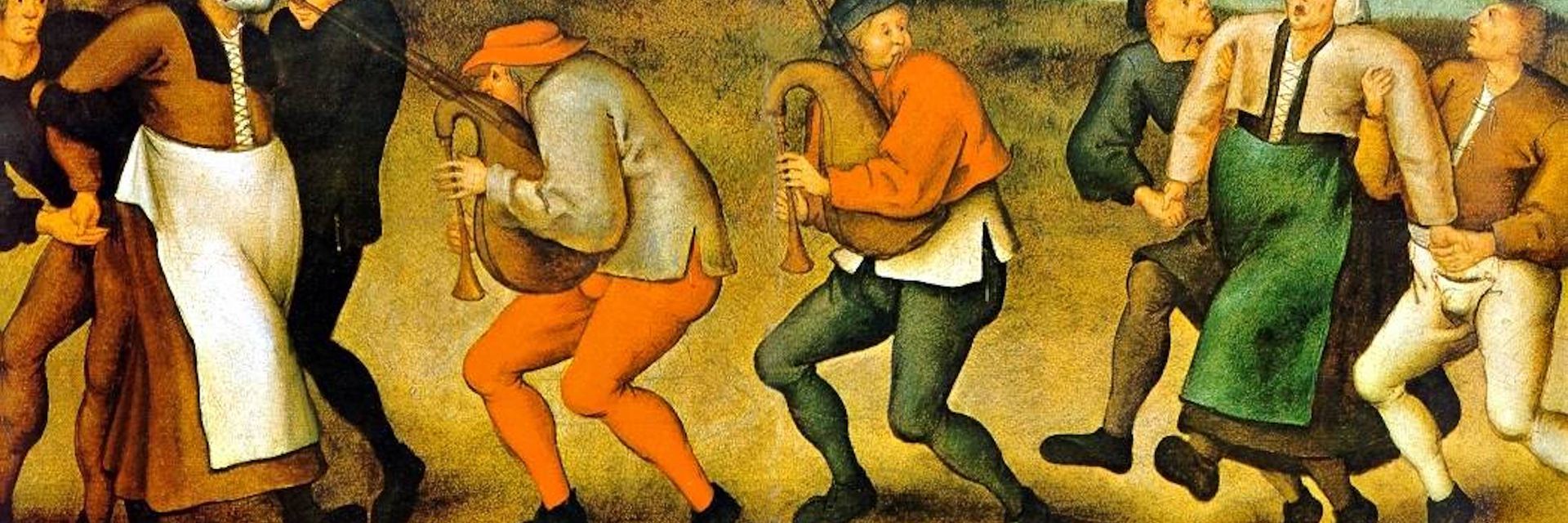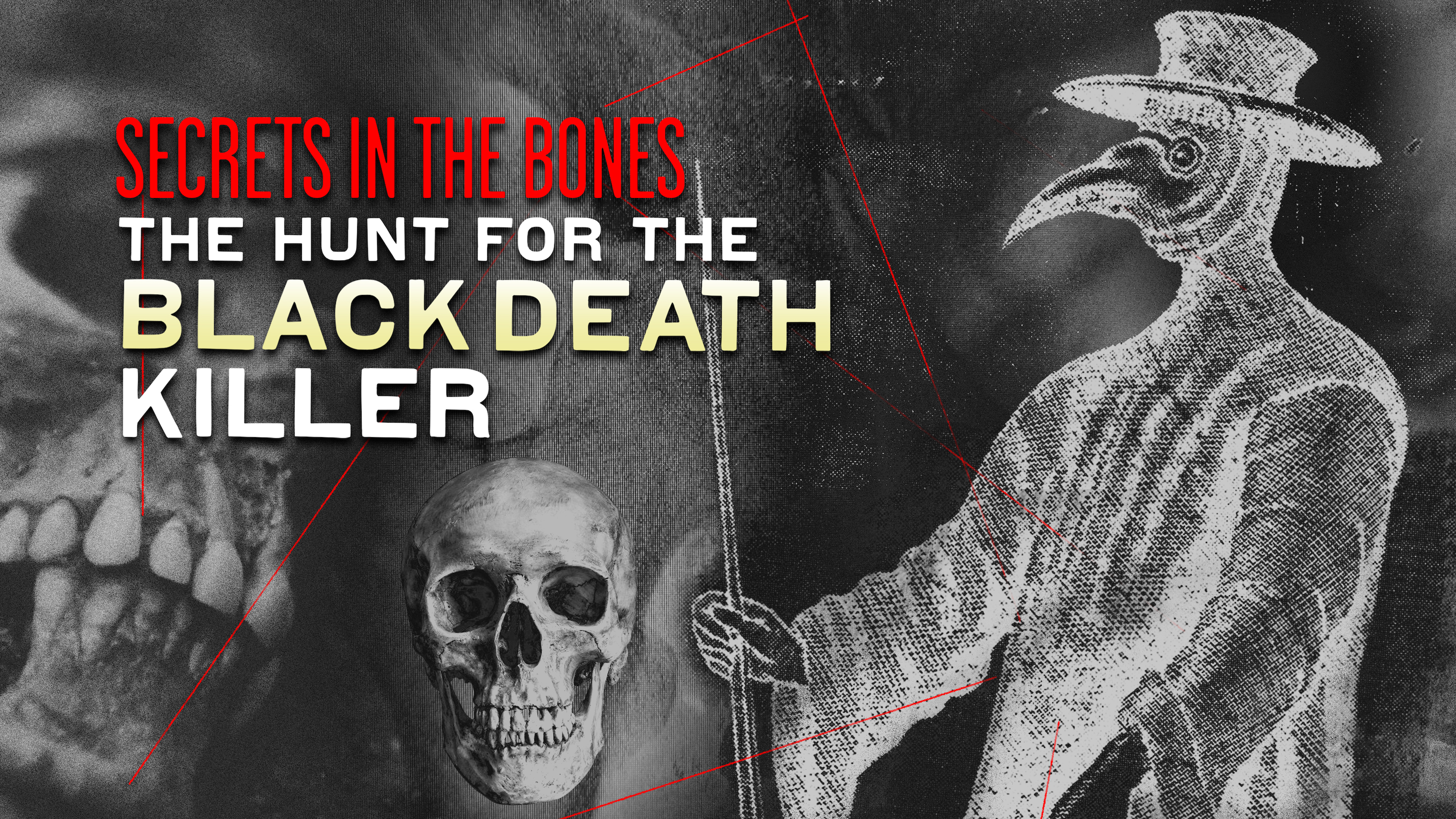Can some mental illnesses be contagious? Seven centuries of history suggest the answer may be yes.
◊
In 1374, hundreds of Rhinelanders, along with citizens from France through Denmark, experienced a painful and irresistible urge to dance. Many sufferers couldn’t stop dancing until cardiac stress claimed their lives. The disease persisted only for a few months.
During this time, there was no clear impetus behind the constant dancing, which ended as inexplicably as it had begun. However, modern research among medical professionals suggests a possible reason for a “dancing plague” that followed almost 125 years later.
For centuries, the cause of the Black Death plague has eluded researchers. But now, there might be an answer. Check out this revealing MagellanTV documentary to learn more.
Frau Troffea: Patient Zero of the Dancing Plague
A similar series of events started in the Holy Roman Empire on July 14th, 1518. In the city of Strasbourg, Frau Troffea began to dance her way down the street and didn’t stop until she collapsed, but she immediately returned to her frenzy after resting.
The following week, this insatiable urge entirely disrupted the lives of 30 other people who kept dancing long after sustaining serious injuries. At its highest virulence, the dancing plague affected 400 people, many of whom died from it. It endured until September, disappearing without cause.
As the instance of dancing plague with the most thorough documentation, Strasbourg’s case has been capturing the interest of medical professionals since its occurrence. Back in the day, being a doctor wasn’t difficult because one could simply blame demonic possession, overheated blood, or, all too often, Jews.
What Really Happened?
The 20th century has generated more rational and practical theories. In particular, researchers have considered potential sources that could have altered neurological processes, suggesting ergot poisoning. If that fungus made its way into the odd loaf of bread, it would have caused convulsions among other symptoms.
Other causes may have been sociological, in the sense that Satanic or otherwise heretical worshippers would have danced to attract supernatural favor; however, an American medical historian named John Waller has pitched an interesting current theory. In several detailed papers, Waller has discussed mass psychogenic illness and why dancing plagues were likely instances of such illness.
Unlike other communicable diseases, mass psychogenic illness has a purely non-physical source, forming in densely populated communities during times of profound stress and fear. For example, in Strasbourg, the dancing plague was preceded by famine, smallpox, and syphilis. To stress themselves further, the townspeople believed any failure to appease St. Vitus, the patron saint of epileptics and dancers, would invite his wrath in the form of the dancing plague.
None of this is to label mass psychogenic illness as a curious artifact that can only affect more primitive humans. Indeed, this official diagnosis continues to affect people today within tight communities under lots of stress.
 (Credit: Ardian Lumi, via Unsplash)
(Credit: Ardian Lumi, via Unsplash)
What Does Mass Hysteria Look Like Today?
In 2022, the Mexican city of Tapachula was stricken by psychogenic illness when a single girl at a middle school fainted. A dozen classmates had fainted by the end of the same day, and a few more complained of headaches and nausea. Ultimately, 227 children across multiple schools would experience the same mysterious symptoms.
Local toxicologists and investigators initially sought physical explanations, but no specific sources of contamination were identifiable. Authorities in Tapachula still don’t fully understand what happened – at least, not beyond what we’ve learned from Strasbourg.
So, if you see somebody doing the worm or stirring the pot, keep your distance! That which fails to infect the body may infect the mind.
Ω
Title Image: Dance at Molenbeeck (detail) by Pieter Brueghel the Younger (Source: Wikimedia Commons)


